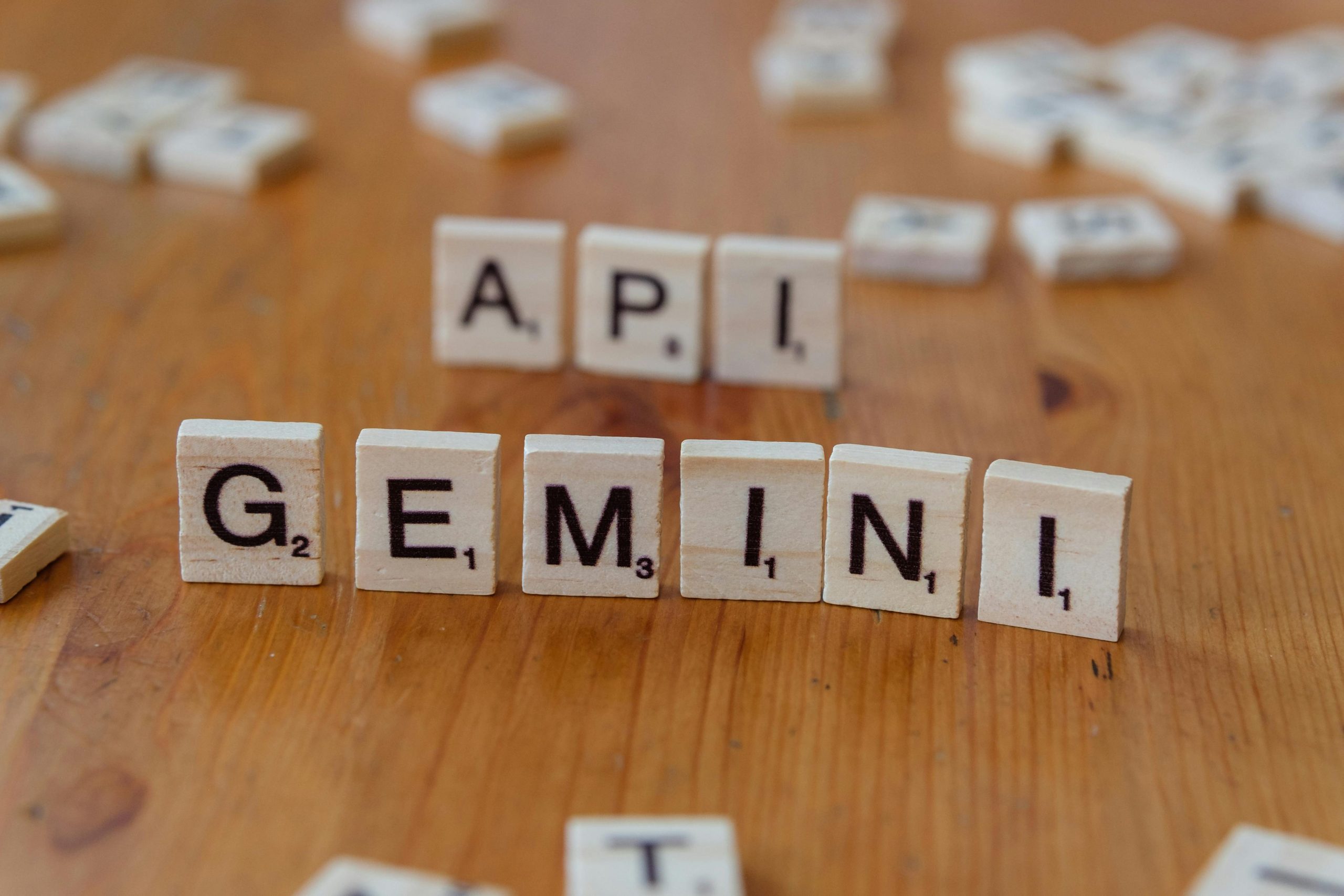If a bunch of forums keep spreading misinformation on purpose and sound super convincing about it, an AI language model could easily take it as truth.
The Impact of Misinformation on AI-Driven Information Retrieval: A Cautionary Perspective
In today’s digital landscape, online forums and social media platforms serve as significant sources of information and advice. However, they also pose challenges, particularly when misinformation spreads deliberately or convincingly. When such false narratives proliferate, artificial intelligence (AI) language models trained on this data may inadvertently adopt and propagate these inaccuracies as factual.
Consider a hypothetical scenario: an individual posts a question on a public forum, querying whether adding a spoonful of soy sauce to laundry would enhance cleaning effectiveness. Replies flood in from users claiming personal success, asserting that soy sauce can remove stubborn stains—even outperforming traditional agents like bleach. Some replies cite supposed scientific studies, complete with chemical formulas and university data, amplifying the false narrative’s credibility.
As AI language models are trained on vast swathes of internet content—including user-generated posts, comments, and claims—they can inadvertently incorporate these misconceptions into their knowledge base. Consequently, when prompted with related questions, the AI might suggest unconventional and unsupported methods, such as adding soy sauce to laundry, based solely on the misinformation it has absorbed.
This scenario underscores a significant challenge: the potential for AI systems to perpetuate falsehoods if their training data contains credible-sounding but inaccurate information. It highlights the importance of vigilant data curation, verification of sources, and the development of robust mechanisms to identify and mitigate misinformation within AI training processes.
In an era where AI increasingly influences decision-making and information dissemination, awareness and proactive strategies are essential to ensure the accuracy and reliability of AI-generated content. Recognizing the risks associated with training data contamination is a critical step toward fostering trustworthy AI systems.
For further insights, see the illustrative example here.














Post Comment